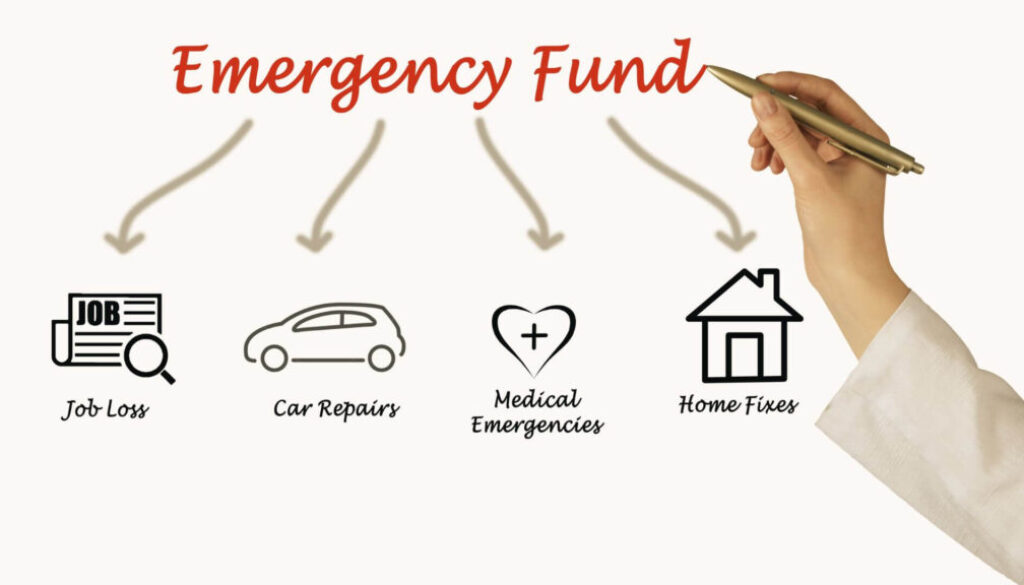Emergency Fund: Recap, Why You Need It, and How Much to Save
The bedrock of a solid financial plan is an emergency fund. If you’ve read our previous blog, Building an Emergency Fund: Why and How, you already know how important it is. Now, in the second part of the series, let’s go back to the basics and find out why it matters and how much one should be putting aside.
What Is an Emergency Fund?
Emergency fund is a specified amount of money saved aimed at covering all emergencies. These could include:
- Medical emergencies or sudden treatments.
- Emergencies such as a broken water pipe, a car breakdown, or any essential home or car repair.
- Losing a job or reduced earnings, though, may be either complete or only temporary.
It’s not intended for holidays, shopping sprees, or any other type of luxury spending. The primary utilization of an emergency fund is to shield you from monetary fear when difficulty arises.
Why Do You Need an Emergency Fund?
Life is unpredictable, and having an emergency fund offers:
- Financial Security: The idea of the emergency fund helps you avoid liquidating other funds, which may be accumulated for future investment purposes.
- Debt Avoidance: Instead of having to rely on credit cards or those loans with very outrageous interest rates, you’ll have a backup.
- Peace of Mind: It helps to know you may be financially ready for any twists and turns life can throw at you so that you have no added worries.
How Much Should You Save?
How much money should be put in the emergency fund depends on the individual’s particular situation.
- Rule of Thumb: It is recommended to save 3-6 months’ worth of living expenses.
- Personalized Approach:
- If your income or job is secure, then perhaps 3 months would be adequate.
- If you are a self-employed or fluctuating income earner, your goal should be 6 months or more.
It should therefore depend on factors such as the number of family members, family dependents, and health of an individual.
Tip: Start small and build gradually. Before setting out, start with a simple target. If you reach that initial goal, you have to move on to the other goal of saving the larger amount of money.
What’s Next?
In the next episode of this series, we’ll cover actionable tips to help you build your emergency fund and guide you on when it’s appropriate to use it. Stay tuned to learn how to grow your fund efficiently and ensure it serves its purpose when needed.




